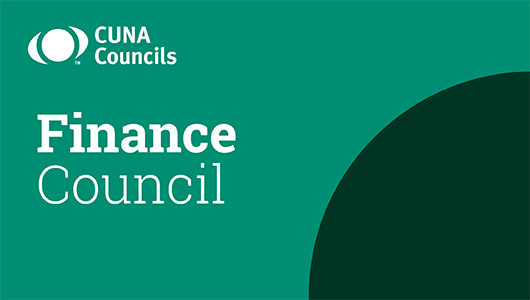
Reevaluate 4 key ALM assumptions during the pandemic
Look at cash flow, interest rates, loan deferrals, and deposit growth to set your balance sheet strategy.
The coronavirus (COVID-19) pandemic is a historical moment that will be discussed for years. High unemployment has caused credit unions to revamp their loan programs, allow deferrals and skip-a-pays, and waive fees, while low interest rates affect credit union earnings.
As the pandemic takes its toll on credit union financials, how can leaders assess the current environment and make decisions that keep the credit union and its asset/liability management (ALM) efforts in line?
“Taking risks is the only way to get earnings,” says Dave Koch, managing director at Abrigo. “What matters is managing the downside risk. You need to give up some of the possible upside gains to manage the downside risks because we’re going to be here for a while.”
During “The Impact of the Pandemic on ALM Assumptions,” a virtual roundtable from the CUNA Finance Council, Koch offers several assumptions credit union leaders need to re-evaluate during the pandemic:
1. Balance sheet cash flows
Balance sheets will continue to grow during the pandemic, but the cash flow will change, says Teri Grams, adviser at Abrigo. Credit unions must consider the impact on loan amortizations and maturities, prepayments, curtailments, and deferrals, as well as the changing frequency of loan originations. Also, consider the impact of reduced fee income from loan originations or sales.
“We’re making different assumptions in relationship to all of these different pieces, and we want to see how those assumptions work together and drive cash flows on the balance sheet,” Grams says.
2. Rate environment
Rate environments reflect current or “likely” rates and do not take into account immediate and permanent rate shocks, Koch says.
Learn how to live in an environment that features a flat yield curve, he says. Determine what actions you’ll need to take to achieve the ideal liquidity, credit risk, or other metrics.
3. Impact of loan payment deferrals
When members defer loan payments, the credit union does not collect principle or interest from the borrower, Koch says. That affects the credit union’s cash flow through decreased income, return on assets, and capital.
Also consider that once the deferral period ends, the borrower’s financial situation may not have changed and the loan may go into default.
“Understanding your ALM program and how loan deferrals will impact cash flows and income is really important,” Koch says.
4. Impact of core deposits
How has COVID-19 impacted the way members save money and how is the credit union handling deposits from stimulus checks? Perform a deposit share sensitivity study to determine how to classify those assets—stable, surge, short-, or long-term deposits—and how that impacts the credit union’s balance sheet.
“I wish we could understand exactly how every depositor is being incented or disincented to use [stimulus money],” Koch says. but if I ended up with extra deposit money, the real question is what’s happening to it?”
